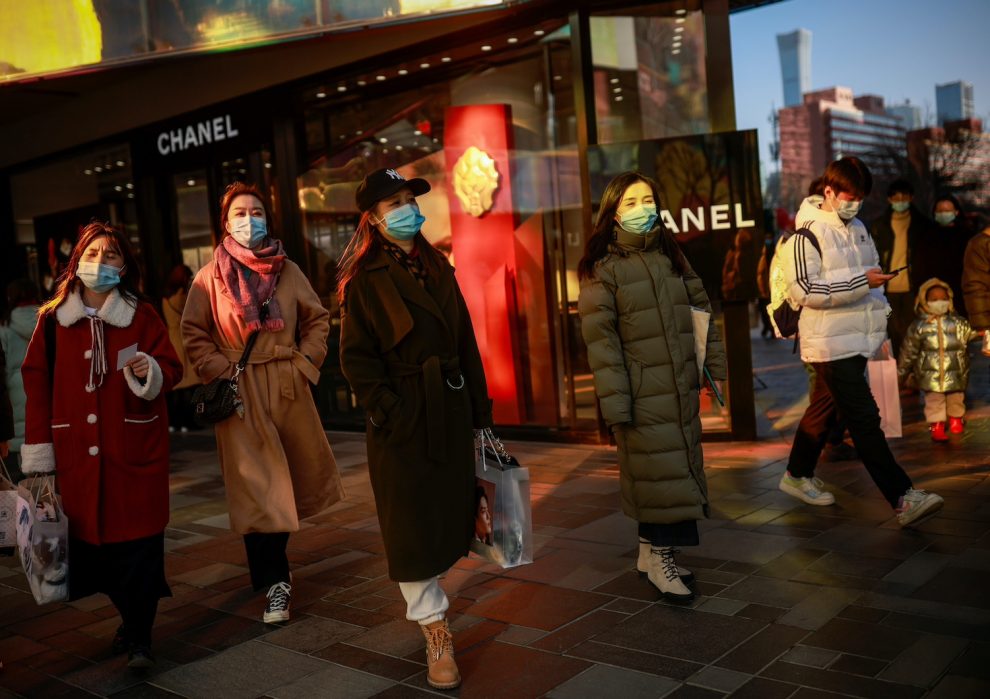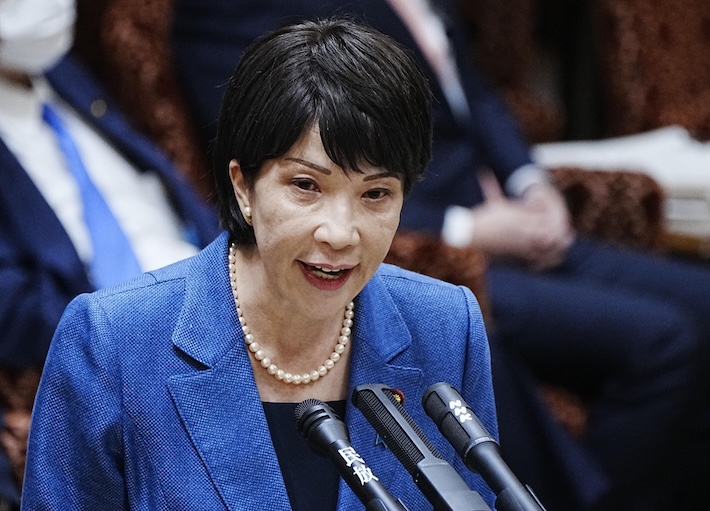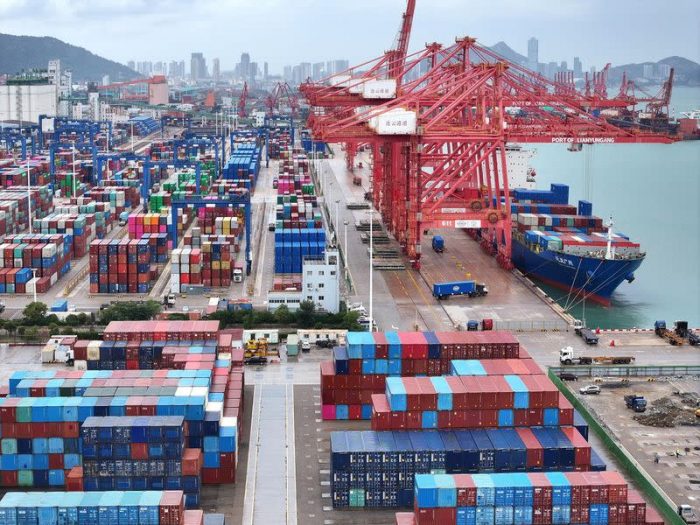(ATF) China’s Spring Festival industrial production levels surpassed those of 2019 this year – despite the ongoing global pandemic.
Production and consumption data released this week, based on traffic, operating rates and industrial power consumption figures, show production remained strong during the holiday season, according to Xiong Yuan, Chief Macro Analyst at Guosheng Securities, who analysed the data.
But, not surprisingly, consumer spending was weak with an estimated 100 million workers not travelling home this year because of strict quarantine measures and lockdowns to stop the spread of Covid-19.
Read more: China is India’s No1 trading partner again despite border fallout
Intra-city traffic and electricity data show that the resumption of work and production after the holiday has been significantly faster this year. In some provinces such as Zhejiang, nearly half its enterprises resumed production on the first day after the holiday.
According to data from the Ministry of Commerce, the sales of key retail catering enterprises nationwide during the Spring Festival amounted to 821 billion yuan, an increase of 4.9% over 2019, but still significantly lower than previous years.
China saw an average increase in consumption of 10.5% over the same period from 2015 to 2019, reflecting that consumption is still weak. However, the 4.9% growth rate remained flat in the fourth quarter of 2020, indicating that the winter epidemic and New Year lockdown probably did not bring new additional shocks to consumption.
Overall, close-range consumption was better than expected, for instance movie-goers increased by 21% compared with 2019. And the sales of key commercial distribution enterprises during the Spring Festival in many provinces and cities increased significantly compared with 2019.
HOUSEHOLD CONSUMPTION
The better-than-expected control of the epidemic is the core reason behind these figures, and the shift of household consumption to first and second-tier cities with higher prices also contributed.
Overall, long-distance consumption was lower than expected because of the Covid travel restrictions and slump in tourism.
The number of passengers carried nationwide during the seven days of the Spring Festival holiday dropped significantly compared to the same period in previous years.
PASSENGER NUMBERS
The country’s railways, highways, waterways and airlines carried 98.416 million passengers. Compared with the same period in 2019, that is down 76.8% – and down 34.8% compared to the same period in 2020.
Short-distance travel in first-tier cities such as Beijing and Shanghai has recovered to more than 89% of 2019’s figures, while long-distance travel in Yunnan and Sichuan still fell by about 50% compared with 2019.
Correspondingly, the report states the probability that GDP growth in the first quarter will not be lower than market expectations at the beginning of the year. It suggests that if subsequent epidemics break out again, the drag on consumption and the economy is likely to be relatively limited.























